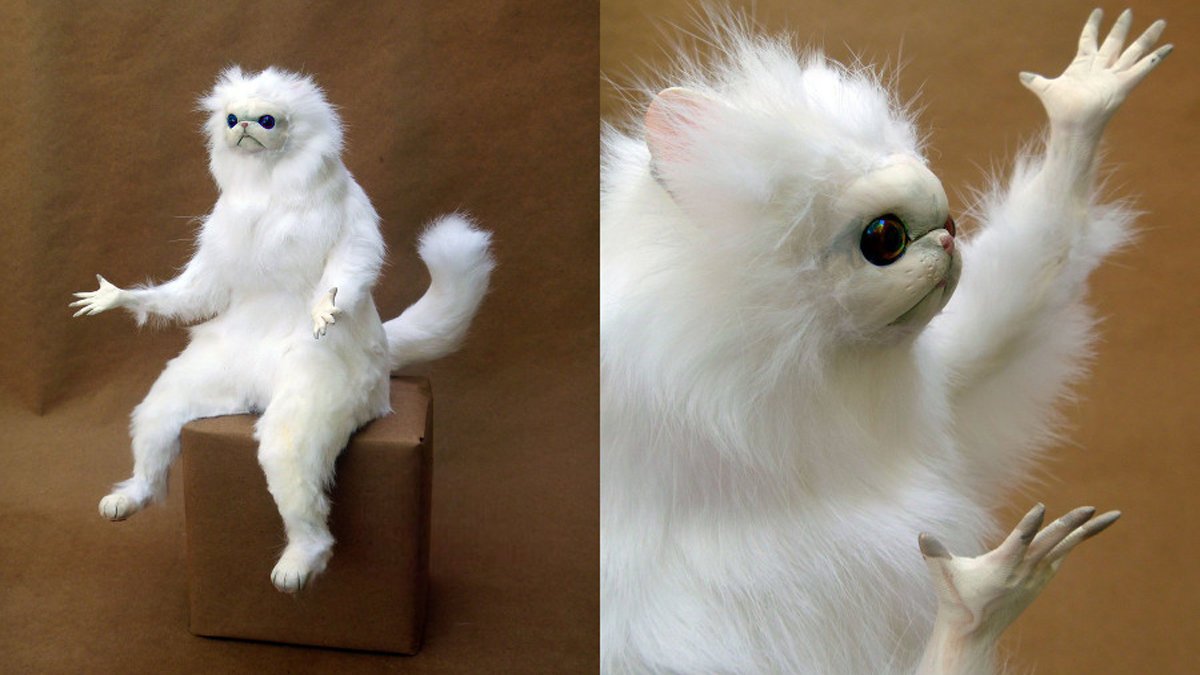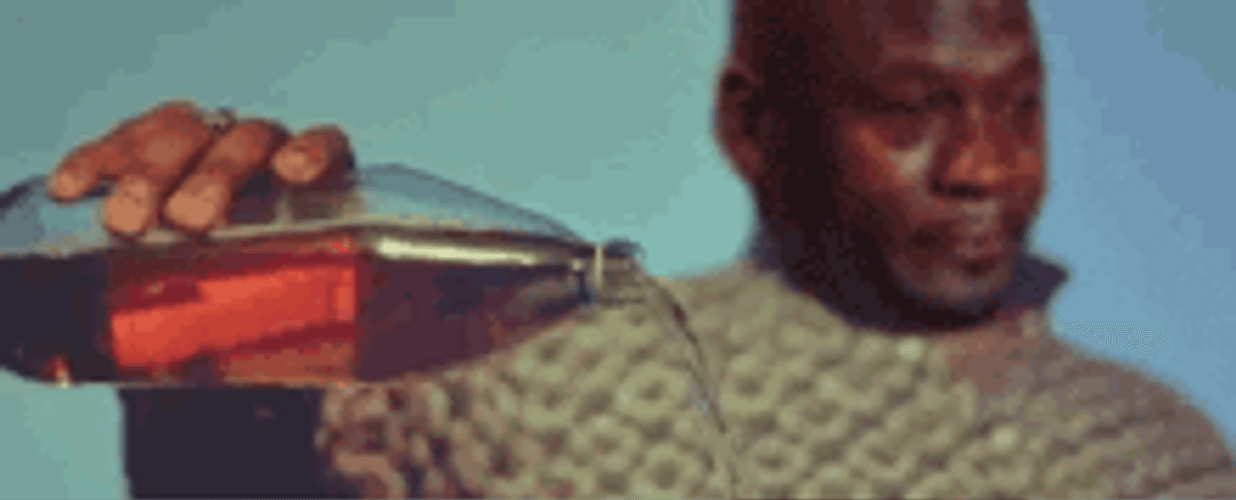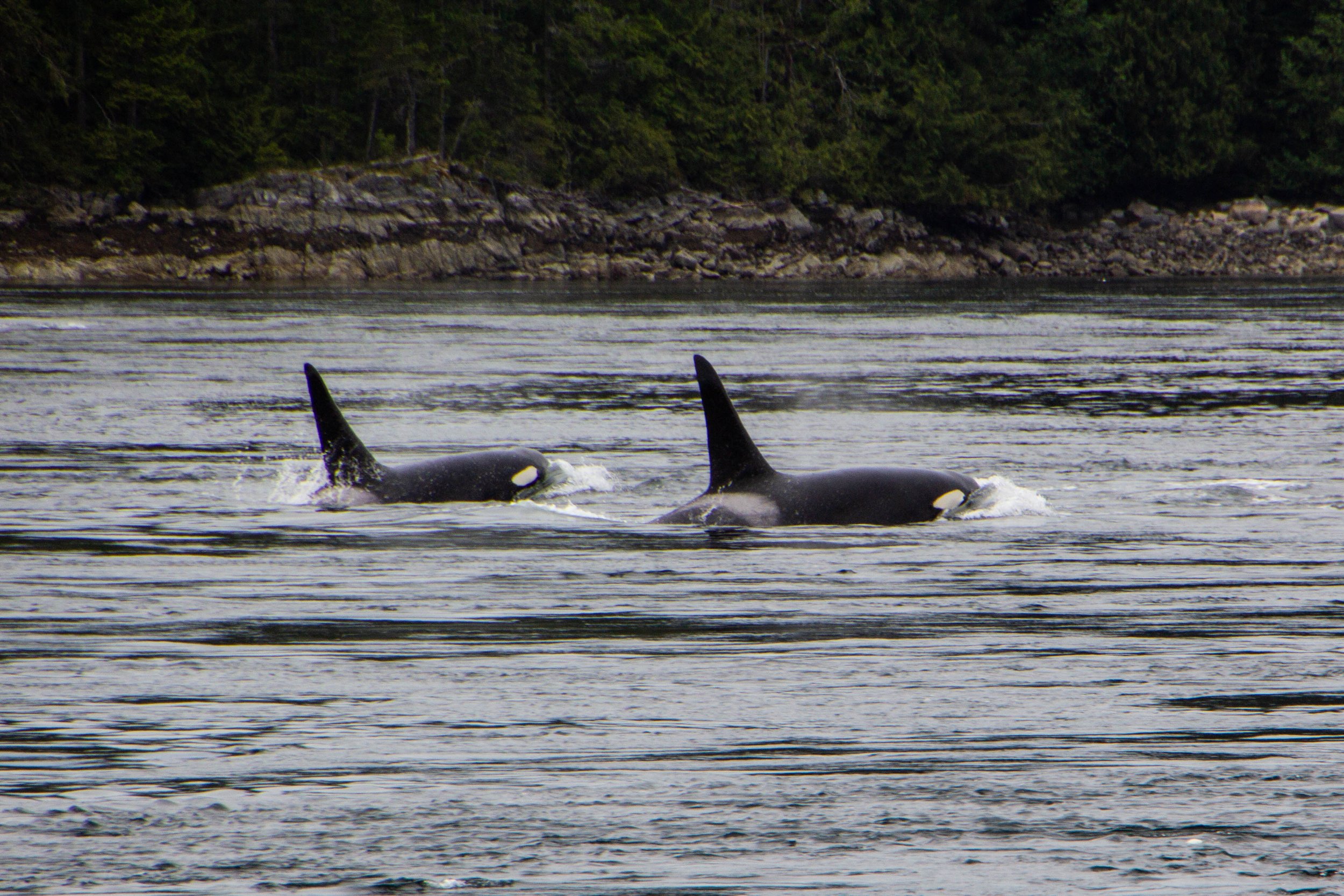And now, the moment we’ve all been waiting for has arrived. It’s time to go out on SAFARI!
We’ll be in a place called Lake Nakuru, and this will be the first and smaller of two safaris we will do in Kenya.
Our safari operator for both safaris was Matizamo Safaris. Incredibly, they do not have a website. I might have been sketched out by this if I had contributed in any way to the planning of this trip, but I was busy with grad school. They came recommended through a personal connection of our group, and that was good enough for me to go back to studying. Here’s their contact info. They were really great. I’d definitely recommend them. We felt safe and well-taken care of the whole way through this trip.
P.O. Box 46538-00100, Nairobi, Kenya.
Cell: +254 701088256 (Kenya)
info@matizamosafaris.com
I’ve dropped a Google Maps embed of Lake Nakuru below so you can see where in the world is Carmen Sandiego.
Also, it’s hilarious that Google Maps lets people leave reviews of these sorts of places. If you want a laugh, go read the 1-star reviews of the Grand Canyon. 😂
Lake Nakuru only has 4.4 stars? Really? I read a few of the 1-star reviews, and I’d like all my readers to please observe a moment of silence for Germán Capuano, who survived the absolutely harrowing experience of not being able to pay with American currency in Kenya. Thoughts and prayers. 🙏
Getting From Nairobi to Nakuru
In the grand scheme of the map of East Africa, Kenya doesn’t look like a super large country. And to look at the map of Kenya, it doesn’t seem like Nakuru is particularly far away from Nairobi either, but it’s actually a bit of a hike. It’s about 3 hours away. And once you factor in Nairobi traffic, it can be a bit more. Remember my introduction to this series where I talked about how Africa is WAY BIGGER than you think? This drive definitely helped reinforce that. I think it was the juxtaposition of how little space Kenya had occupied in my mind prior to this trip vs. the scale of the landscapes around us on this drive. Kenya is BIG. Or, big enough. 😂
To get to Lake Nakuru from Nairobi, you have to drive through a slice of the Kenyan highlands. So, the drive is initially straight up-hill. Once you reach the highlands, you can tell that you’re at an altitude; the air is cooler and the terrain around you is an ever-present reminder that you are in a mountainous area. Even from the road there were some incredible views of Kenyan agriculture playing out in the rolling hills around us.
Even before the lake came into view off on the horizon, we could tell that we were getting close to some sort of wildlife hotspot because we started seeing zebras grazing along the side of the road! And soon there were troops of baboons marching along the road side as well! This was the first time I’d ever seen zebras in the wild, but it would not be the last. Far from it!
Finally, we arrived at the gates of the park, where we disembarked and our guides handled our entry fees. The giant trees and buffalo skulls at the entrance definitely helped set the mood for what was to come. It was time to out into the WILD! 🦁🦏
SAFARI IN Lake Nakuru National Park
Okay, now it’s time for a proper safari.
Before I get into narrating this trip, here’s the information on how we made this happen. We stayed at Sarova Lionhill Lodge, which I would highly recommend. It was a beautiful, luxurious place sitting on a hill overlooking the park. The staff was great, the food was great, the pool was great, and the fire pit looking out over the lake from the hillside was absolutely spectacular. However, we didn’t book this directly, all of it was handled through our chosen tour company, Matizamo Safaris, whose contact information I have left at the top of this article.
ANYWAY, going on a safari is amazing. Believe the hype!
To address my fellow anxiety peeps out there, I would understand if you were worried about being in such close proximity with such dangerous animals as lions and hippos. However, once I got into one of the safari landcruisers, any worries I had pretty much evaporated. These vehicles are goddamn TANKS. It’s hard to imagine that any animal we crossed paths with would pose much of a threat if you’re inside one of these things. These tanks also have raisable ceilings, which you will see in the pictures below. You can actually raise and lower the ceiling of the landcruiser freely during the trip. It takes a bit of elbow grease, but it’s entirely up to you whether the top is open or closed. I’m betting you’ll want to have it open though.
Driving out into Nakuru National Park was like stepping into Jurassic Park. I believe I used this comparison in the Komodo Islands in Indonesia as well, and I think that it is apt. In both places, you are entering a world that is not for humans. And you can feel it.
This type of safari is what is known as a “game drive,” and is focused on tracking down “big game.”
If you’re unfamiliar with this term, good ol’ Wikipedia defines “game” as “any animal hunted for food or not normally domesticated.” Indeed, you typically hear this term in association with hunting and food… which is why it always struck me as odd to be used for animals that are clearly protected. Anyway, that is the vocabulary used here. So BIG game would be species like lions, rhinos, etc.
The first big game we spotted was a group of African buffalo. This species proved to be quite common out here, but was amazing to see up close nevertheless. Still, we were out here in search of LIONS. Thankyounext.
Throughout both safaris, we saw a wide assortment of wild African deer. The are quite a few different species out here, so it was really interesting to have our guides identify them for us. These pictures below (I believe) are male waterbucks. But we would see impalas, antelopes, waterbucks, and more over the coming days.
And here’s another group of waterbucks that we saw. I believe these were the females.
Side note: I used ChatGPT to re-identify these species, and it said “These waterbucks are typically found near water sources, which aligns with the lush, green environment in this picture, likely from a place like Lake Nakuru in Kenya.” 😮
Good guess, ChatGPT.
“Big game” aside, if you look up Lake Nakuru on Google images, you will see incredible images of flamingos on this lake. This is a major stopover in their migratory routes, but in order to see them in their full glory, you have to get here at the right time of the year. I’m told that the best times of the year to catch them here are July, August, September, December, January and February. Unfortunately, we were traveling in May. So, no such luck.
However, there was still a great variety of bird species here, which were fascinating in their own rite. I think the biggest birds we saw on this day, both in terms of size and quantity, were pelicans. Here are a few pictures of those pelicans from a distance.
And then, of course, there’s the warthog: an animal that has way too much clout with us humans thanks to it’s role in the Lion King. Every time we saw these little guys darting around in the grass, somebody would always call out that they had spotted a “Pumbaa.” And everybody immediately knew exactly what they were talking about.
“Look! Over there! Pumbaas!” 😂
Okay, so we’d seen Pumbaa, but where the hell are Mufasa and Nala? And Scar?
Where are all the DAMN LIONS??
Fear not, here they are:
We only saw a couple of Lions at Lake Nakuru, but in Maasai Mara (up next), we’re going to see a LOT of them. Here we saw a male and female lion relaxing in the shade of a big tree. We sat here for quite a while just admiring them. These really are massive cats. But if you watch they way they behave, they really are just cats—the same as the cute little ones we have living in our houses.
The safari continued. The further we drove, the more incredible it became. There were just so many animals out here. I think I saw more animals here than I had in the past decade of my life in aggregate. These environments are truly just bursting with life! Is this what planet earth was like before humans ruined everything?
Now, you may notice some shakiness in the final photo of the zebras above… this was the last photo I took before disaster struck.
About 25% of the way through this safari, my camera broke.
The timing of its demise was almost too horrible to feel real. I was sitting in the back of the landcruiser, the majesty of Lake Nakuru passing me by on all sides, like…
I was on safari here with a sub-group from my post-grad cohort. We were studying at Imperial College London together (which is famously a STEM school), so I had a team of engineers in the back of the landcruiser with me. They were, however, unable to fix the camera. Big shout-out to my dude Reyhan for trying though.
I had no expectation of being able to solve this before I got back to London, but the woman leading our expedition—Devyani—was surprisingly concerned with finding a solution. She asked around through our crew if anybody had a camera that I could borrow. I think she had one of them call their family to see if there was a camera in their household that I could borrow. When these lines of enquiry were unsuccessful, she asked me for the specs of the camera I would replace mine with, and had some poor guy go to the 2 camera shops in Nakuru to see if there was an acceptable model on sale. This was difficult because it was a Sunday, so many of the stores were closed, but she seemed to think that it might be possible to get the phone number of a store owner to have them come in for the sole purpose of selling me a camera. When this failed, she was able to locate a camera that would have worked all the way back in Nairobi, and seemed quite positive that it would be possible to have somebody (1) buy the camera, (2) bring it to a small local airport, (3) load it into a bush plane that was flying supplies into Maasai Mara, and (4) stop by that airstrip on our way into Maasai Mara the next day to collect it. It was quite an elaborate plan. Honestly, I was a bit shocked that she was trying this hard to solve my problem, but I wasn’t going to fight her on it, even if it made me look like a spoiler brat. In the end—perhaps unsurprisingly—none of this worked. So the rest of this trip will be shot on iPhone, but I owe a big thank you to Devyani & the Matizamo crew for making the effort. 😅
So here’s Nakuru on iPhone. It was truly an incredible place and would be beautiful through any camera lens, but I definitely took a lot less pictures after this happened. Though, to be fair, it probably did me some good to be present in this place, rather than trying to document it so thoroughly. To quote John Mayer:
Didn't have a camera by my side this time
Hoping I would see the world through both my eyes
Maybe I will tell you all about it when
I'm in the mood to lose my way with words…
Today I finally overcame
Trying to fit the world inside a picture frame
That is from a song called 3x5, that felt very applicable to this situation., Anyway, no more words now. Just pictures of this beautiful place as the sun slides lower in the sky…
In all seriousness, that camera had an impressive run. Except where you see pictures that were clearly from an iPhone or a GoPro, that camera was responsible for EVERY photograph on this site up until now. I bought it USED about 10 years ago, and since then it has been around the world multiple times.
Before I get back to being annoyed at the timing of this, let’s please observe a moment of silence for this fallen hero.
Up next, the grande finale of Kenya: Maasai Mara. When you see National Geographic documentaries on the Africa savannah, THIS is likely where it was filmed. I’d tell you to get your hopes up… but I’ll be shooting this final chapter on my iPhone. 😂















































































































